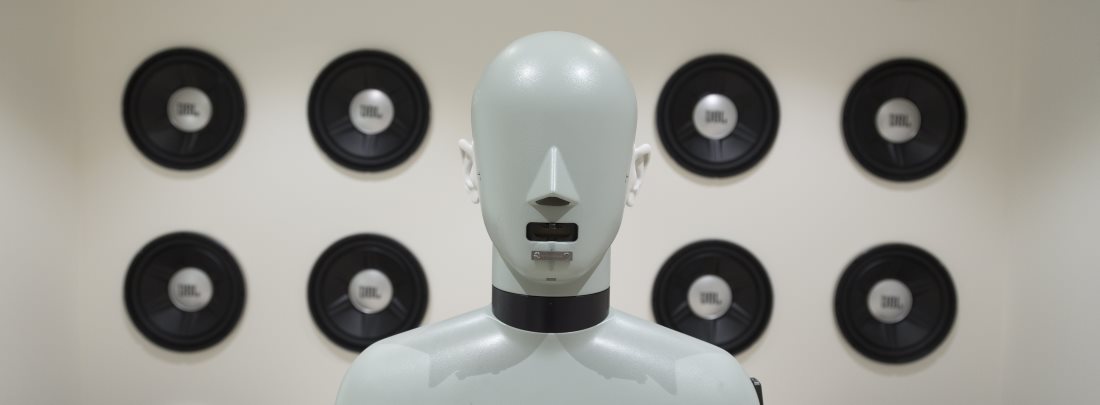 Sharleen is an African girl, 9 years old, from a family of farmers. She is quite smart, but no longer goes to school.
Sharleen is an African girl, 9 years old, from a family of farmers. She is quite smart, but no longer goes to school.
Why?
Sharleen has a hearing impairment, and couldn’t understand what the teacher was saying. Her father thought he needed her at home to look after the goats. Unfortunately, Sharleen is just one among many children lacking help.
WHO has estimated that over 5% of the world population – 360 million people – has a hearing impairment (328 million adult and 32 million children), and the majority of children with hearing impairment live in low-income countries. In contrast, less than 2% of the hearing aids produced in 2005 went to low income countries.
Traditional hearing devices are advanced equipment; expensive, fragile and not developed for the Third World. Specialised personnel and complex infrastructure in the individual fitting process is needed, reducing the usefulness of such complex hearing aids to a minimum in low-income countries, where trained people and specialists are scarce.
With funding from Norwegian Research Council, SINTEF’s project “I Hear You”, starting early 2017, aims to help children like Sharleen by ensuring access to education for the hearing impaired.
Read more…Project: I Hear You! A new hearing service in Tanzania





